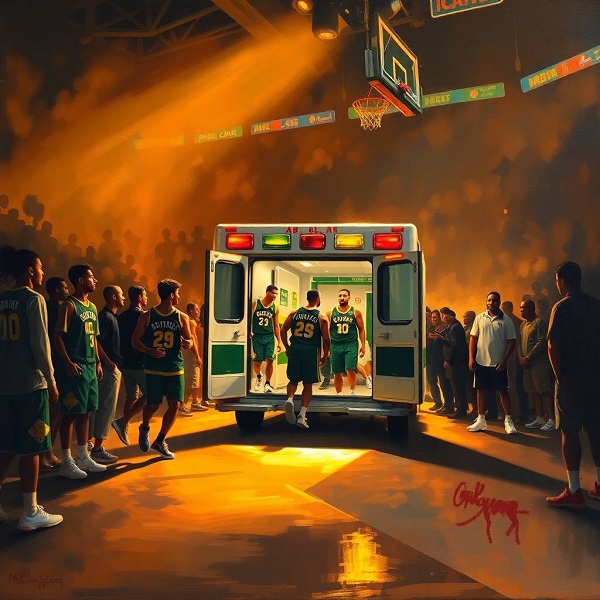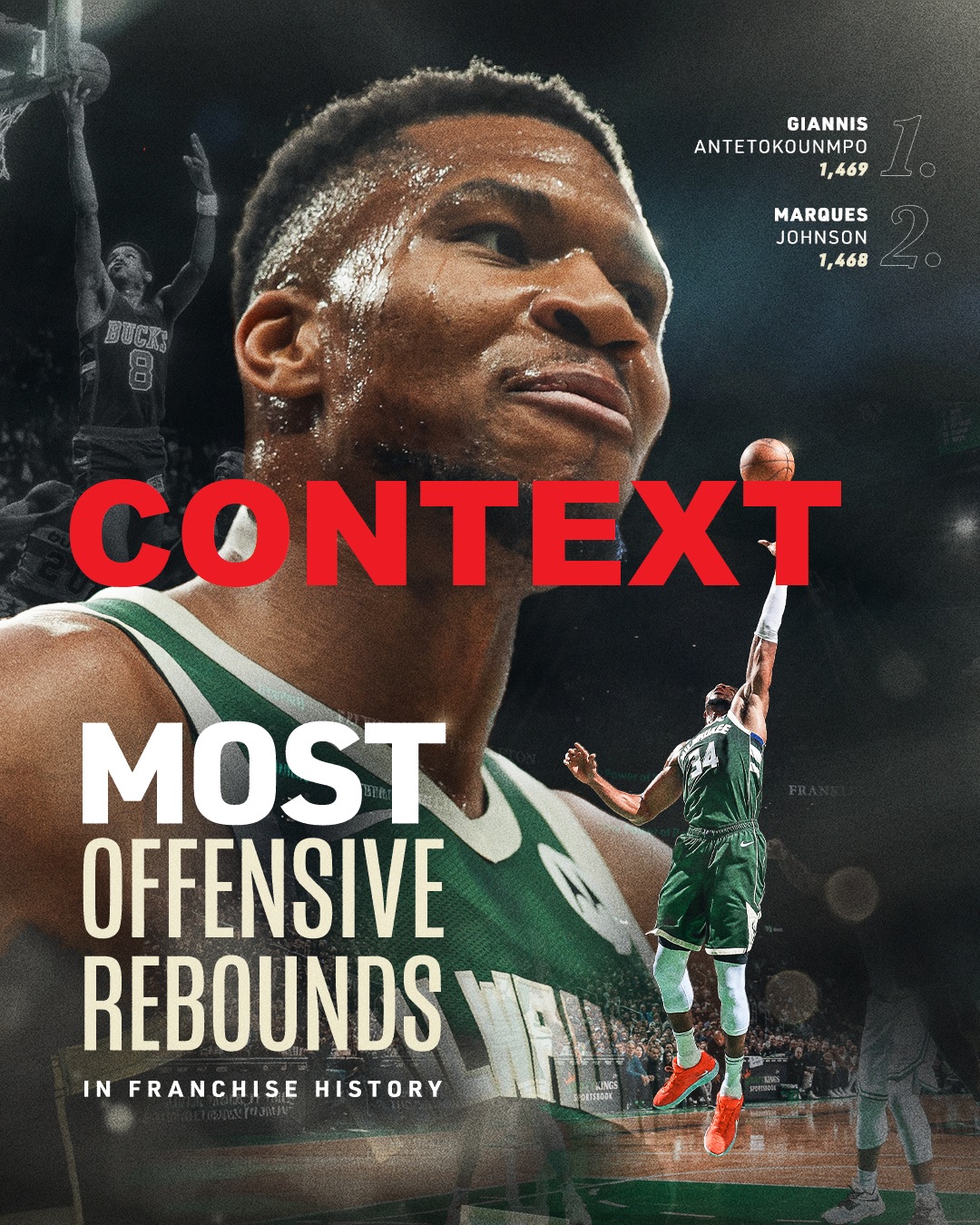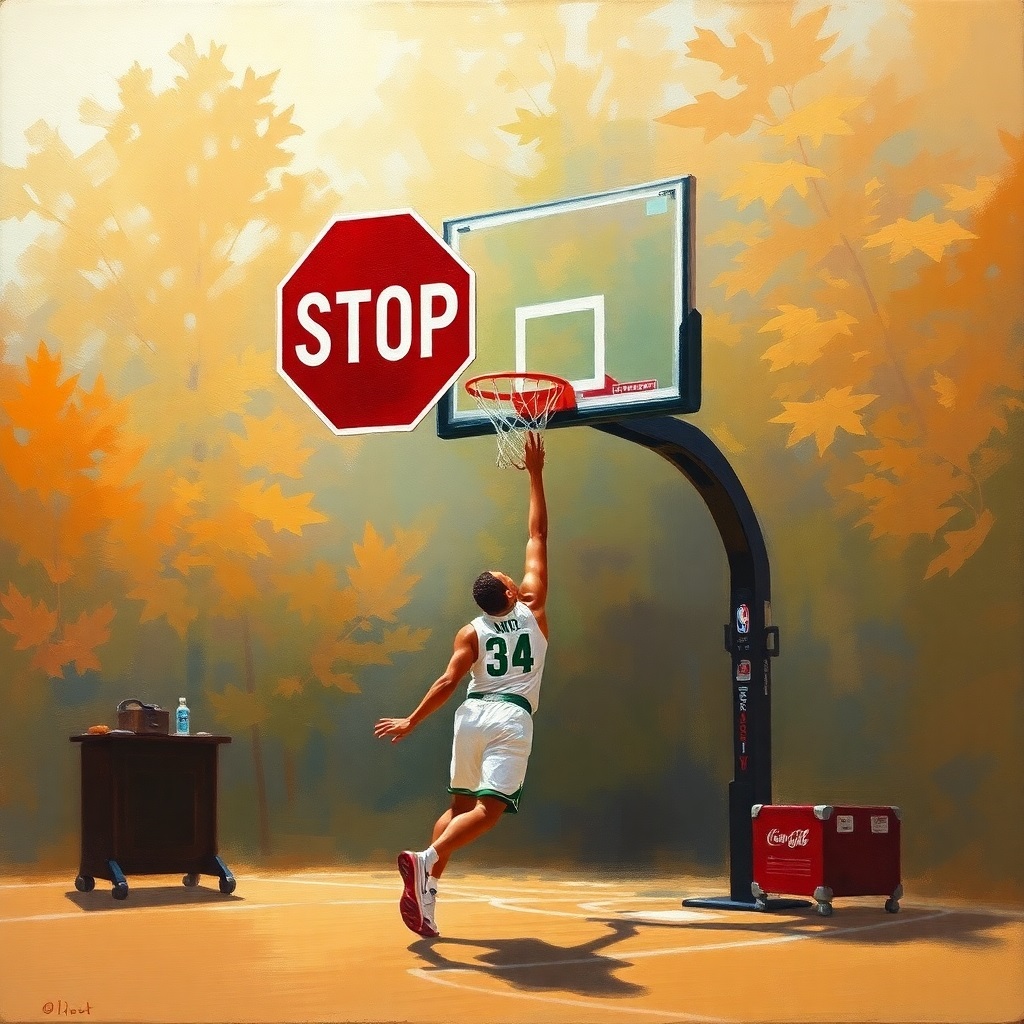A while ago i explained why the way Giannis plays greatly increases the chances of him getting injured. Here it is for those who don’t remember. However I also need to explain how it may inadvertently contribute to an increased risk of injuries for his teammates. This blog post explores the reasons behind this phenomenon, analyzing his playstyle, its impact on team dynamics, and the physical toll it may take on those around him.
The Nature of Giannis’ Playstyle
Giannis is a unique force in the NBA, blending size (6’11”), speed, and strength in a way that few players can match. His game revolves around several key elements:
- Aggressive Drives to the Basket: Giannis frequently attacks the rim with powerful, high-speed drives, often initiating contact with defenders to create space or draw fouls. His “Eurostep” and ability to absorb contact make him a constant threat in the paint.
- Physicality: Giannis plays with an intense physical presence, using his body to muscle through defenders or secure rebounds in traffic.
- Fast-Paced Transition Play: He thrives in transition, often leading fast breaks himself or finishing them with thunderous dunks.
- High Usage Rate: As the Bucks’ primary offensive weapon, Giannis handles the ball frequently, dictating the flow of the game and drawing significant defensive attention while his team mates go cold.
While these traits make him a superstar, they also create situations that can put teammates in vulnerable positions on the court. Especially since Giannis has extremely limited flexibility (aka bag) in order to adapt to changing conditions of play. He is also slow to react which can be brutally painful.
How Giannis’ Playstyle Impacts Teammates
1. Increased Defensive Pressure on Teammates
Giannis’ ability to draw multiple defenders creates opportunities for his teammates, but it also places them in high-pressure situations. Defenders often collapse on Giannis when he drives, leaving Bucks players open for kick-out passes or cuts to the basket. However, this dynamic can lead to injury risks in several ways:
- Scrambling Defenders: When defenders collapse on Giannis, they often scramble to recover to open shooters or cutters. These rapid, sometimes reckless movements can lead to collisions. For example, a defender sprinting to close out on a three-point shooter like Khris Middleton or Damian Lillard may inadvertently make contact, leading to awkward landings or physical challenges that increase the risk of sprains or strains.
- Physical Play in the Paint: Giannis’ presence in the paint draws physical defenders, such as big men or help defenders, who may bump or shove teammates cutting to the basket. Players like Brook Lopez or Bobby Portis, who often operate near the rim, face increased physicality from opponents trying to counter Giannis’ dominance.
2. Fast-Paced Play and Fatigue
Giannis’ transition-heavy style pushes the Bucks to play at a high tempo, which can lead to fatigue among teammates. Fatigue is a well-documented risk factor for injuries in sports, as tired players are more likely to lose focus, misjudge movements, or fail to protect themselves during contact. For example:
- Running the Floor: Players like Jrue Holiday (in past seasons) or current teammates are required to sprint alongside Giannis in transition to provide spacing or receive passes. This constant running can wear down players, particularly guards or wings who may not have Giannis’ exceptional stamina.
- Defensive Responsibilities: Giannis’ aggressive drives often force opponents into transition defense, but they also require Bucks players to quickly get back on defense to prevent counterattacks. This back-and-forth pace can exhaust teammates, increasing the likelihood of injuries like muscle strains or knee issues due to overexertion.
3. Crowded Paint and Collision Risks
Giannis’ preference for attacking the rim often results in a crowded paint, with multiple defenders converging to stop him. This congestion can lead to unintended contact with teammates:
- Screening and Cutting: Bucks players frequently set screens or cut to the basket to complement Giannis’ drives. However, the crowded paint increases the risk of collisions with defenders or even Giannis himself. For instance, a poorly timed cut by a teammate could result in contact with a rotating defender or Giannis’ own aggressive movements, leading to potential injuries like ankle sprains or bruises.
- Rebounding Battles: Giannis is an elite rebounder, but his aggressive pursuit of rebounds can sometimes put teammates in harm’s way. When multiple Bucks players crash the boards alongside Giannis, they risk getting tangled up with opponents or each other, increasing the chance of awkward landings or elbow strikes. This is made worse by Giannis roaming out of position looking for a highlight block as he is not where his team mates expect him to be.
4. Defensive Attention and Retaliation
Giannis’ dominance often frustrates opponents, leading to more physical play or borderline dirty tactics. While Giannis’ size and strength allow him to absorb much of this physicality, his teammates may not be as equipped to handle it:
- Targeted Physicality: Opponents may take out their frustration on Giannis’ teammates, especially role players like Grayson Allen or Malik Beasley, who may face harder screens, shoves, or aggressive closeouts. This physicality can lead to injuries, particularly for smaller players.
- Retaliatory Fouls: When Giannis draws fouls or initiates contact, opponents may respond with harder fouls on his teammates to “send a message.” These plays can result in injuries, such as when a player is knocked to the floor or lands awkwardly after a tough challenge.
Statistical Context and Examples
While direct causation between Giannis’ playstyle and teammate injuries is difficult to prove, there are patterns worth noting. According to NBA injury reports from the 2020-2023 seasons, the Bucks have had several key players miss time due to injuries that could be linked to the high-intensity, physical style of play Giannis encourages:
- Khris Middleton: Middleton has dealt with ankle sprains and knee issues, some of which occurred during games where he was forced to make quick cuts or absorb contact while operating in Giannis’ orbit. For example, in the 2022 playoffs, Middleton suffered a knee injury that some analysts attributed to the physical toll of Milwaukee’s aggressive style.
- Brook Lopez: As a rim protector and rebounder, Lopez often faces physical battles in the paint, exacerbated by Giannis’ ability to draw big men to the rim. Lopez has missed time with back and foot injuries, potentially linked to the constant physicality.
- Role Players: Players like Donte DiVincenzo (pre-trade) and Grayson Allen have suffered injuries like ankle sprains or bruises, often in situations involving fast breaks or crowded paint scenarios driven by Giannis’ play.
Data from Synergy Sports shows that the Bucks rank among the league leaders in points in the paint and fast-break points, reflecting Giannis’ influence on their style. However, this also correlates with a higher number of possessions involving physical contact, which can elevate injury risks for teammates.
Mitigating the Risks
While Giannis’ playstyle is a core part of his greatness, there are ways the Bucks can reduce the injury risks for teammates:
- Improved Spacing: By emphasising better floor spacing, the Bucks can reduce congestion in the paint, giving teammates more room to operate without colliding with defenders or Giannis.
- Load Management: Managing the minutes of role players to prevent fatigue can help reduce injury risks, especially for players who run the floor alongside Giannis.
- Screening Discipline: Coaching staff can work on cleaner screening and cutting techniques to minimise collisions in the paint.
- Defensive Awareness: Teammates can be coached to anticipate aggressive defensive rotations caused by Giannis’ drives, helping them avoid reckless closeouts or physical challenges.
However Giannis is not the sharpest tool in the shed and his lack of basketball IQ and flexibility on the court make it highly unlikely that he will be able to successfully navigate these changes. Worse still he is overly physical in the regular season when most teams are being careful and then not effective enough in the playoffs!
Giannis is largely to blame for Bucks’ injuries
Giannis Antetokounmpo’s playstyle is a double-edged sword. His ability to dominate games with his physicality, speed, and aggression makes the Bucks a championship-calibre team, but it also creates challenges for his teammates. The increased defensive pressure, crowded paint, and fast-paced nature of his game can inadvertently put teammates in situations where injuries are more likely. While Giannis himself is built to withstand the physical toll of his style, his teammates—particularly role players—may face heightened risks due to the ripple effects of his dominance. By making strategic adjustments, the Bucks can continue to leverage Giannis’ unique talents while minimising the injury risks for the rest of the roster. But these past seasons have shown us that Giannis is more focused on stat padding and personal promotion than actually playing with his team for his team. He kills ball flow and most other players hardly touch the ball. Hard to get going like that or even to stay warm. And most importantly he has shown almost zero capacity to improve his game.







